After months of scouring the market for a co-working space that was well suited to the requirements of creative service businesses, Ms. Narita Cheah was prepared to give up. Despite increasing popularity of co-working spaces in Southeast Asia, even the more established outfits were mostly offering basic facilities and amenities, or were better equipped for other types of business operations, such as tech start-ups, small venture capital, and units of much larger operations.
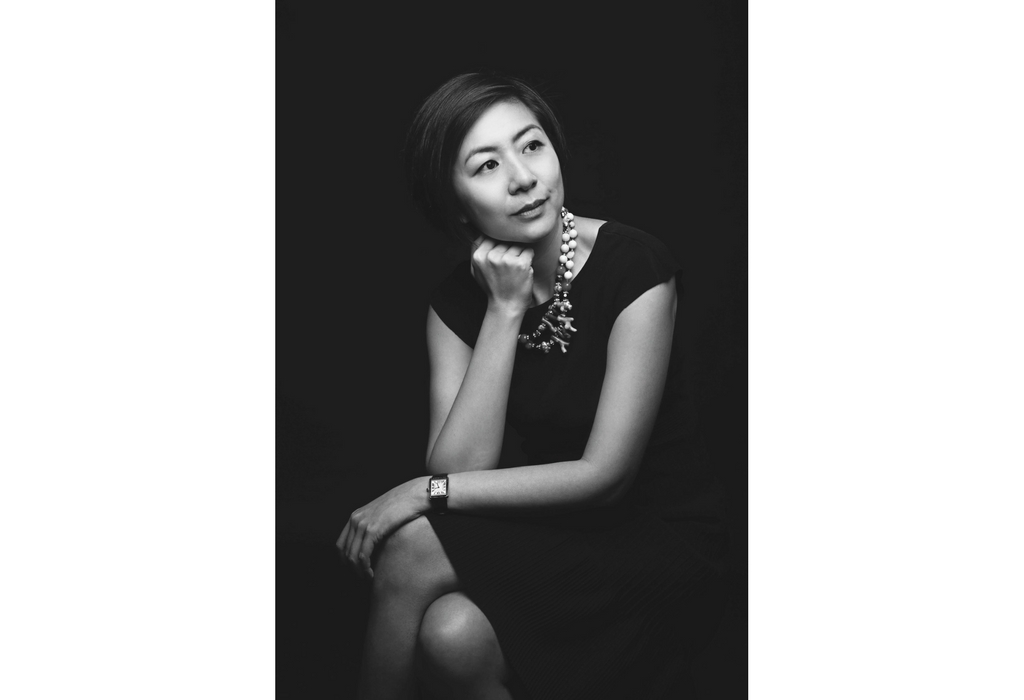
As a designer, and co-founder of design collective Paperspace, Ms. Cheah was well positioned to determine what the creative businesses needed in terms of the facilities that supported individual operations as well as the type of environment that stimulated collaboration among them.
The problem, however, led Ms. Cheah and her partners to innovate a solution.
The ideal space had to deliver on both the soft and hard aspects of creative operations. While on the one hand it had to fulfill requirements for amenities-fitted, dedicated workspaces, it also had to provide a fertile environment that would nurture a community of aligned professionals.
“When we started Paperwork in 2016, we looked for a coworking space that catered for creatives but none felt right,” recalls Ms. Cheah, “so we decided to co-share a design studio with three other design firms, and realized positive effects of coincidental conversations around problem solving, sharing challenges, and celebrating successes along the way.”
- THE PAPER TRAIL
- PURPOSE-OUTFITTED SPACE
- FUTURE-PROOFING THE WORKSPACE
- A PERFECT ADDRESS
The Paper Trail
Establsihed in 2008, Paperspace is a design collective that puts together the talents and expertise for interior-based projects. Co-founded by Ms. Cheah, Mr. Sombat Ngamchlermsak, and Ms. Karen Calalec, it is today a multi-disciplinary design collective with offices in Singapore, Manila and Bangkok. “It comprises a community of experienced, independent designers who come together to share resources, push boundaries, and seek innovative and collaborative ways of working to achieve excellence within the design industry. Paperspace connects these designers to clients-based project requirements,” according to an official communique.
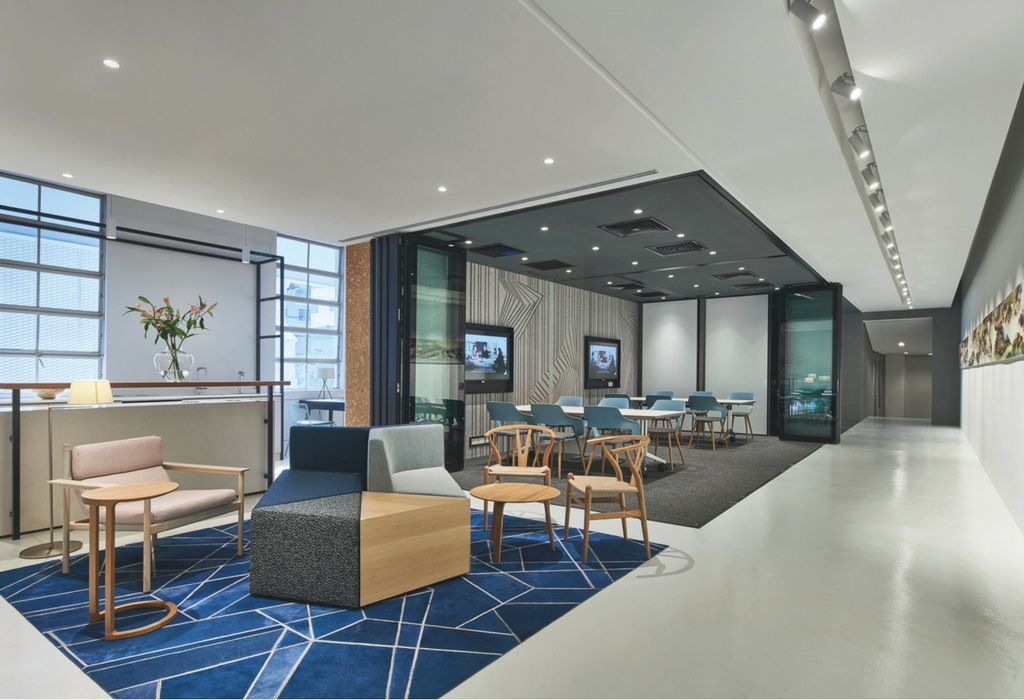
In 2016, Paperspace launched its first co-creation space in the Sathorn District in Bangkok, and immediately became an inspiration for the co-creation spaces that the company would develop in terms operating the space and creating a community with people from different creative backgrounds. This was followed by another co-creation space in Quexzon City, Metro Manila. “Our industry is generally quite private, and it was important to demonstrate a truly collaborative environment and work culture beyond the boundaries of a singular corporation,” Ms. Cheah explains. This year, Paperspace launched Paperwork at the National Design Centre in Singapore, its third co-creation space in Asia. The venture is financed by an angel investor.
Originally born out of a need to provide a working space to support the collaborative nature of Paperspace’s design partners, it aims to be a hub for ‘design-preneurs’ and facilitate greater collaboration and innovation within the design industry.
- THE PAPER TRAIL
- PURPOSE-OUTFITTED SPACE
- FUTURE-PROOFING THE WORKSPACE
- A PERFECT ADDRESS
Purpose-Outfitted Space
“We started hosting bi-weekly sessions with broader collective members, and outgrew the space within 12 months as teams started to expand, prompting us to find a space that was tailored to our industry and gave us flexibility to work in a non-traditional environment that brought creatives together to create a community to call our own,” Ms. Cheah recalls.
“We started the process on the basis of building a co-working showcase that embraced advanced workplace products with product vendors, while at the same time integrating art and lifestyle into the space. This is a very different creation process."
“As interior designers, we typically specify items and engage with vendors further down the work stream, but in this process, we did quite the opposite. We actually began by initiating dialogue with vendors to understand what they were passionate about and what they wanted to showcase in our space before starting the ideation process. Apart from activated event spaces, it was equally important to create work environments that encouraged people to focus and get work done. Having settled into our new environment, the one thing we could still improve is acoustic performance in the general work environment.”
- THE PAPER TRAIL
- PURPOSE-OUTFITTED SPACE
- FUTURE-PROOFING THE WORKSPACE
- A PERFECT ADDRESS
Future-Proofing the Workspace
The workplace of the future needs to support agility, and adapt with behavioral needs and programs tailored for the user-group, Ms. Cheah elaborates. “A day in a life of every employee is different, hence it's important to create environments that promote well-being, and spaces that support different kinds of activities to promote productivity and satisfaction.”
Smart management of facilities, mainly through spatial flexibility, helps maximize different spaces and their potential. “Adapting spaces to suit the kinds of functions and events lends itself to a wider spectrum of activating real-estate, eg. converting meeting rooms into workshop environments, and expanding it for events. With the rising cost of real-estate, we need to be smart and activate spaces throughout the day as well as after office hours.” For example, Paperwork has flex-space for people who come in three days a week, which can be converted into art classrooms on the weekends or workshop areas in the evenings.
“The partnership is very open and we share and learn from each other's mistakes and successes with a common goal that each new space is a constant upgrade from the first and tailored to suit each respective market demographic. We have been very surprised with the responses and have already received two confirmed events after our launch."
- THE PAPER TRAIL
- PURPOSE-OUTFITTED SPACE
- FUTURE-PROOFING THE WORKSPACE
- A PERFECT ADDRESS
A Perfect Address
Launched in March 2014, along with the first Singapore Design Week and SingaPlural, Singapore’s National Design Centre (NDC) progressively became the hub for a range of design-related learning and other activities. Paperspace approached NDC as part of a tender process to be a tenant within the building. “NDC has long been a nexus of design in Singapore, and the decision to establish Paperwork within NDC has solidified their shared goals of nurturing an extended network of creatives to foster greater collaboration within the local design industry,” Ms. Cheah says. “By building a community of designers that are free to exchange ideas, improve work processes and develop non-conventional design solutions, Singapore is one step closer to growing the nation’s reputation for excellence and innovation in design.”
Paperwork offers a collaborative workspace for designers and cratives who can also tap into resources from Paperspace’s Bangkok and Manila offices, allowing them to grow their network to include creative minds from around Southeast Asia. At Paperwork, “new technology and processes are already being implemented, such as SmartVizX’s VArch, which marries the benefits of VR technology with the interior design process to reduce time wastage in design projects”.
Concurrently, Paperwork showcases furniture, art and design brands in one shared working space – a first in Singapore. It currently features Herman Miller workspaces, Steelcase Navi standing height desks, HAY by Vanguard shelving systems, and Kvadrat clouds acoustic ceiling. Through movable partitioning and modular furniture, the space can transform to accommodate events, meetings, individual working capsules and group gatherings.
Paperwork will also feature a quarterly rotation of artworks managed by FOST Gallery, commencing with a showcase of Wyn-Lyn Tan’s paintings, most recently featured at Art Basel Hong Kong. A recent display is a mural by sketch artist Ohm of Just Sketch, who took inspiration from the urban iconic landmarks of the Lion City.
“Establishing the space is just the first step. We want to elevate and nurture the local design community by providing each individual with the means to realise their creative ideas,” Ms. Cheah says. “Just as we have done with our close-knit collective at Paperspace, I’m excited for Paperwork to grow into a dynamic and inclusive environment for all designers, from which we can produce truly integrated design work to challenge industry standards.”








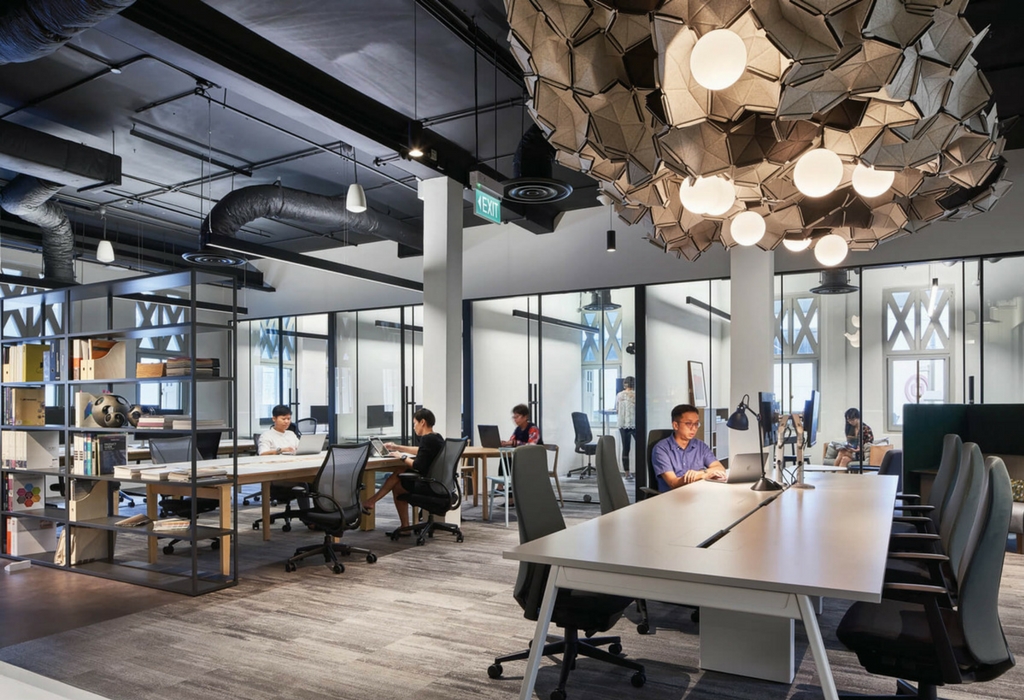

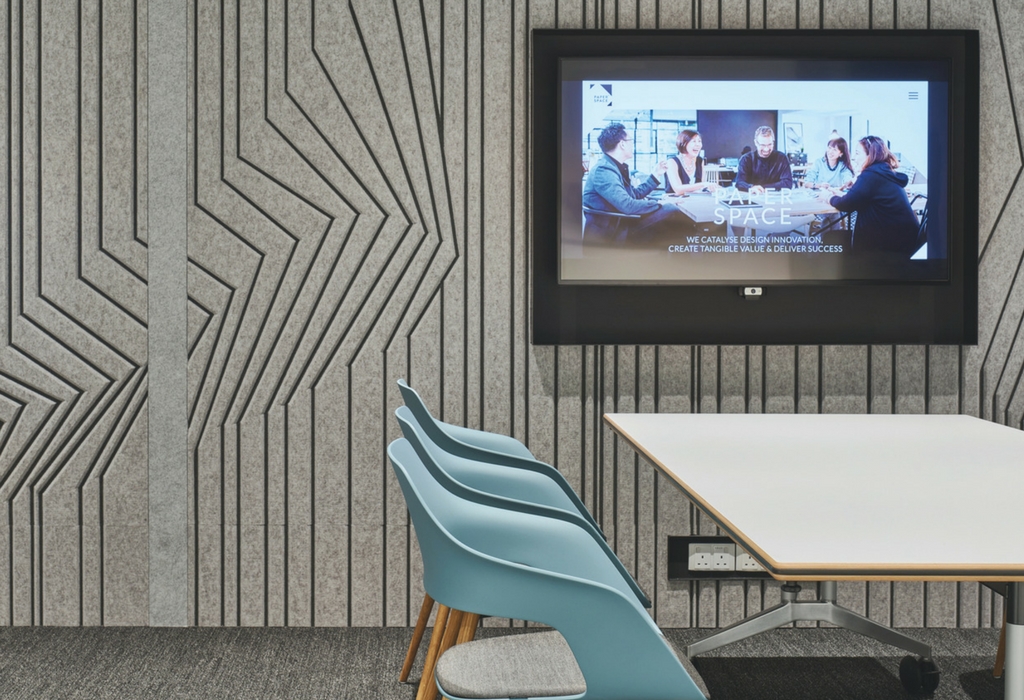
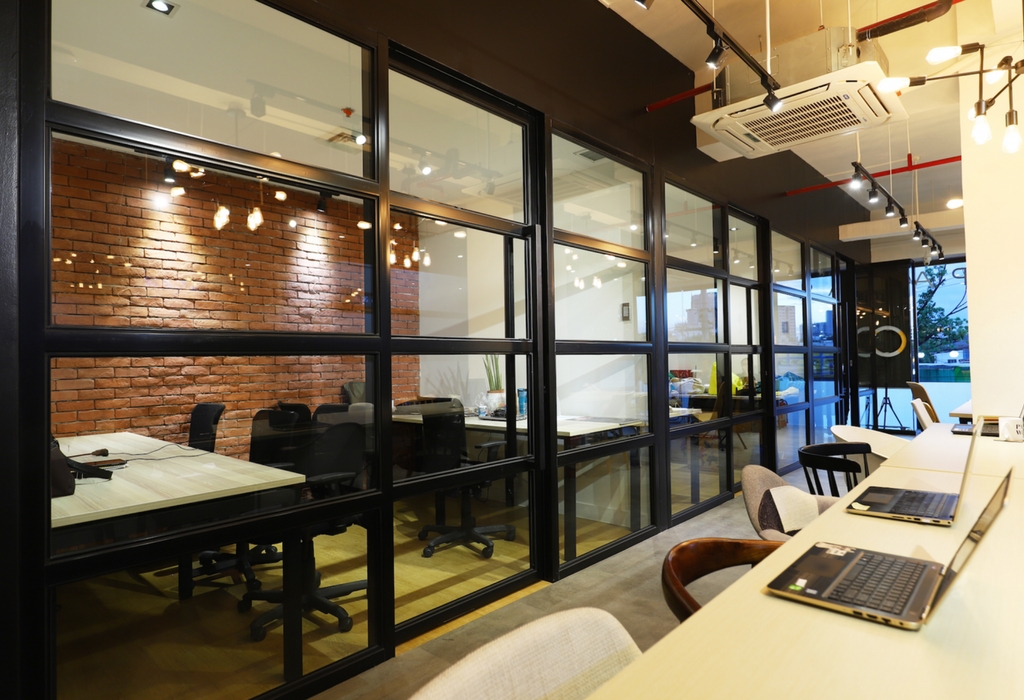
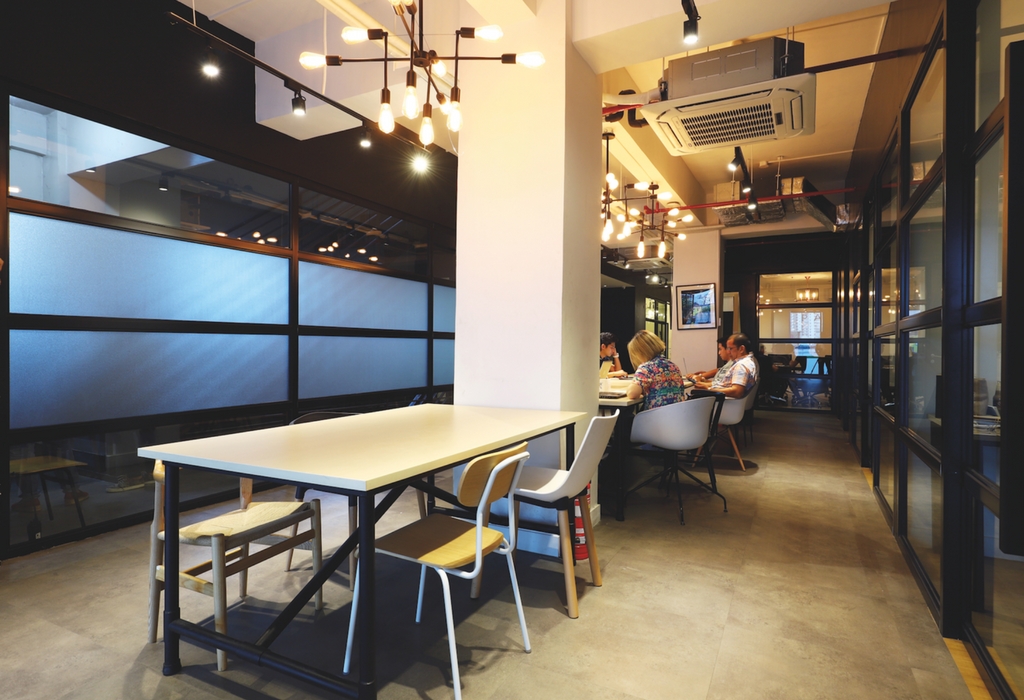
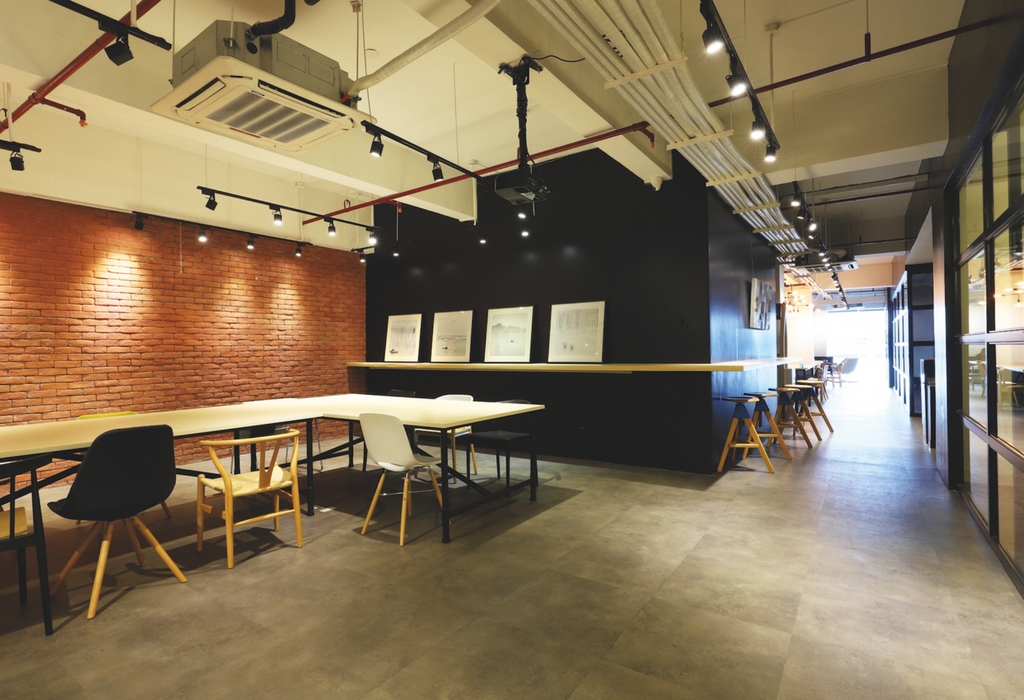
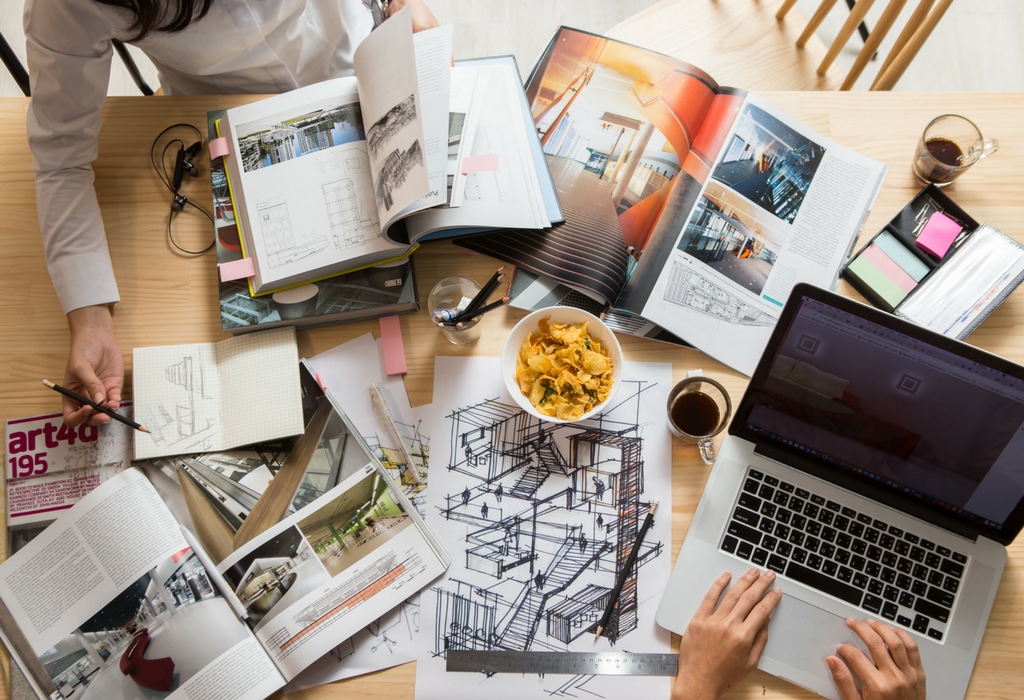
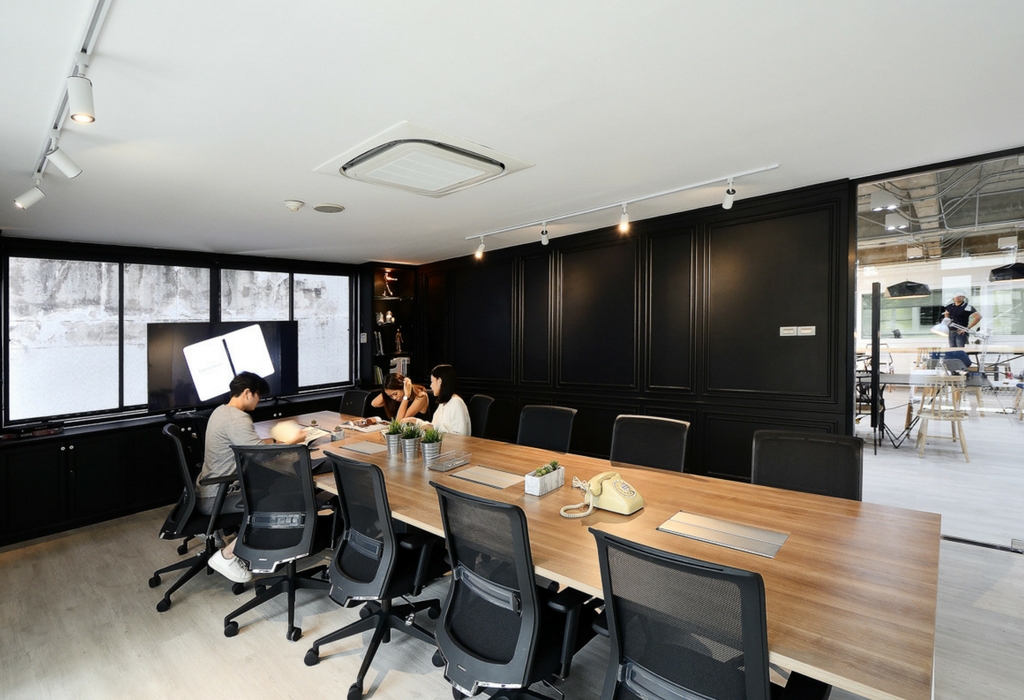
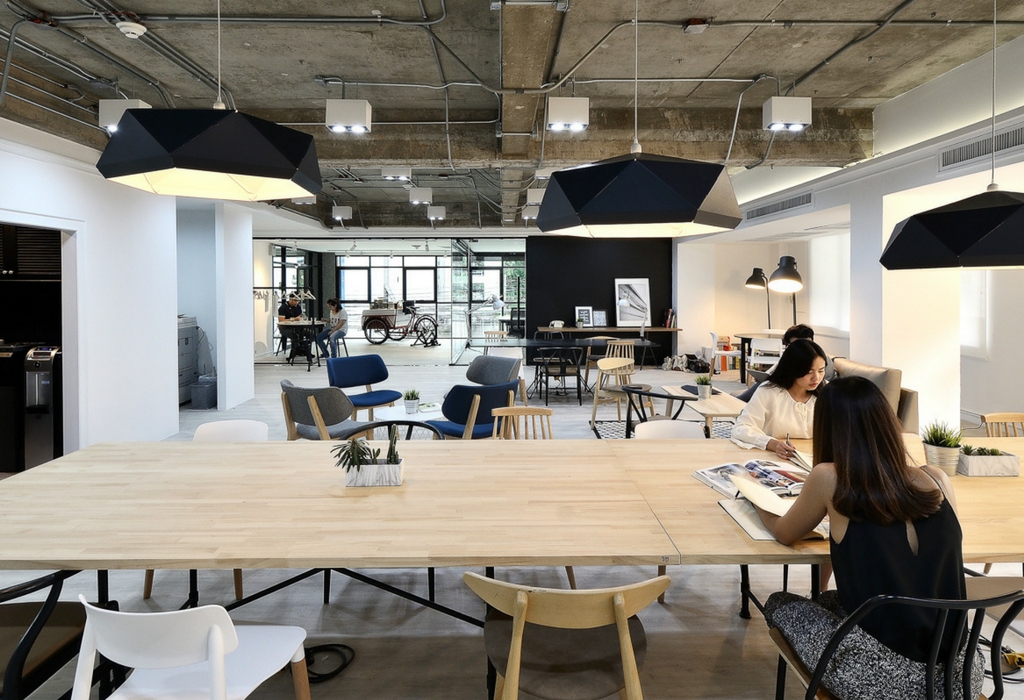




 Back
Back
